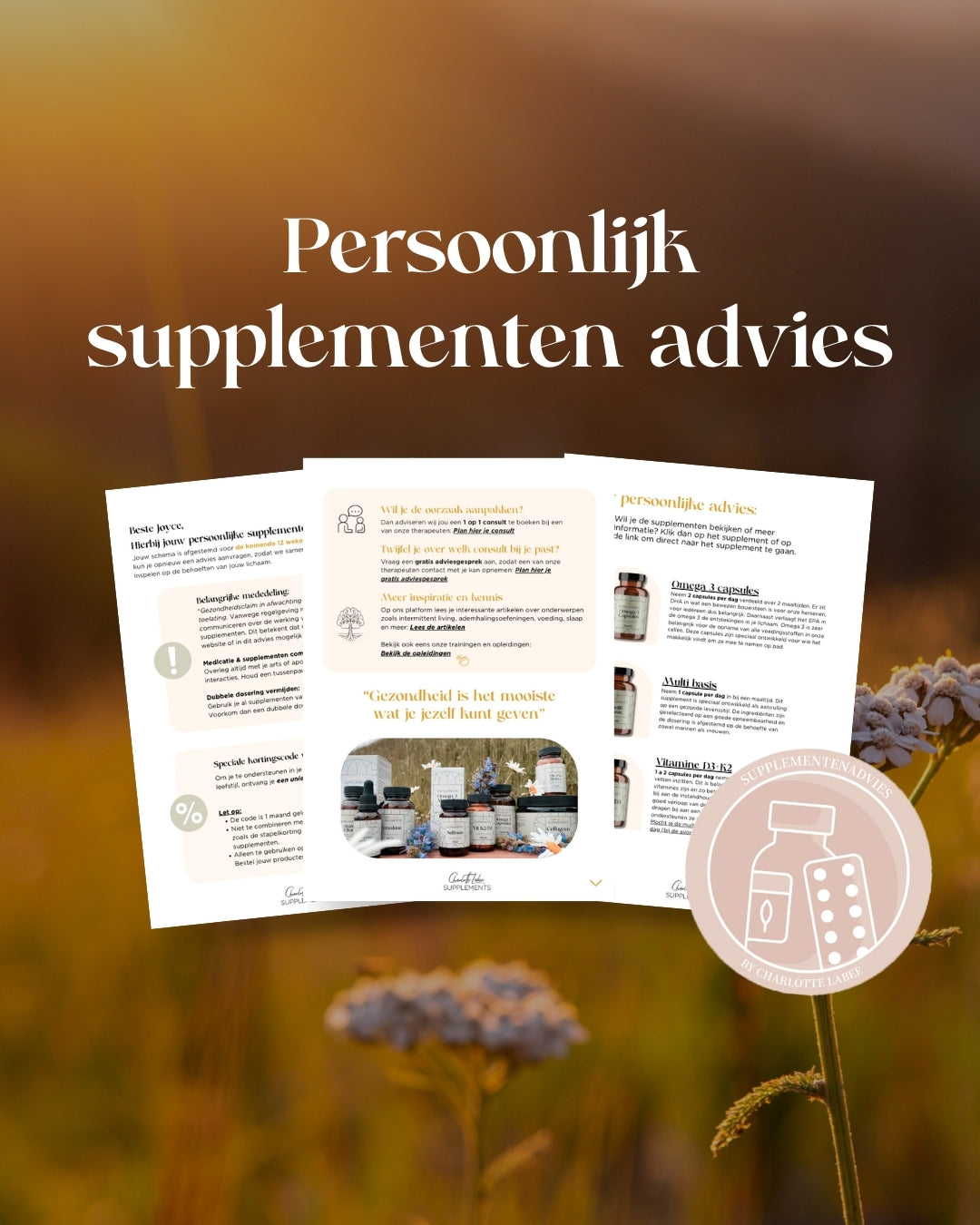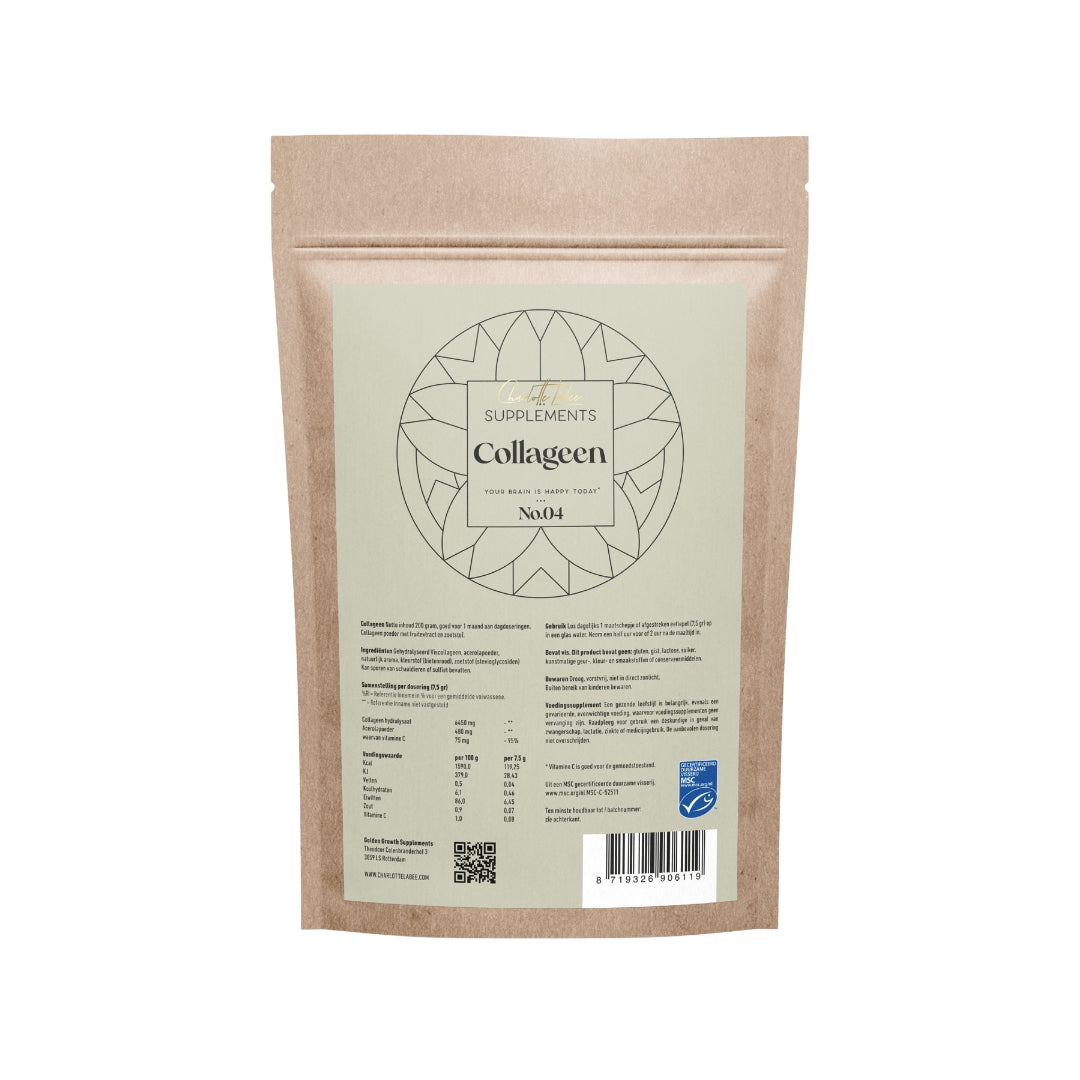Balans en evenwicht zijn essentieel voor een goede algehele gezondheid, zeker wanneer het je hormonen betreft. Zo is het belang dat je de hormonen oestrogeen en progesteron in een juiste verhouding in het lichaam aanwezig zijn, om klachten te voorkomen. Helaas is dit evenwicht bij veel vrouwen verstoord en spreken we van een oestrogeendominantie wanneer er relatief meer oestrogeen in het lichaam is en relatief minder progesteron. In deze blog bespreken we de symptomen, oorzaken en mogelijke oplossingen van een oestrogeendominantie.
De functies van oestrogeen en progesteron in het lichaam
Oestrogeen is een essentieel hormoon dat een cruciale rol speelt bij de regulatie van de menstruatiecyclus, botgezondheid en ontwikkeling van de baarmoeder, vagina, borsten en andere vrouwelijke kenmerken. Oestrogeen wordt gemaakt in de eierstokken, bijnieren, vetweefsel en in de placenta tijdens de zwangerschap.
Oestrogeen stimuleert de vrouwelijkheid, het libido en de vruchtbaarheid, maar bevordert ook de doorbloeding van de hersenen, stimuleert de werking van het gelukshormoon serotonine én houdt de huid stevig.
Ook progesteron wordt gemaakt in de eierenstokken en bijnieren en tijdens de laatste 6 maanden van een zwangerschap in de placenta. Progesteron heeft een belangrijke taak wanneer het een zwangerschap betreft, zo zorgt dit hormoon ervoor dat de cellen van het baarmoederslijmvlies goed uitrijpen zodat de bevruchte eicel zich goed kan innestelen. Daarnaast maakt progesteron rustig en helpt het om de slaapkwaliteit te verbeteren.
Wanneer het evenwicht tussen oestrogeen en progesteron verstoord raakt, kan oestrogeendominantie optreden. Je spreekt van een oestrogeendominantie wanneer er een overschot is aan oestrogeen en/of een tekort aan de tegenhanger progesteron.
Symptomen van een oestrogeendominantie
Hoe herken je oestrogeendominantie? We delen enkele veelvoorkomende symptomen:
- Onregelmatige menstruatiecyclus
- PMS-symptomen
- Vermoeidheid
- Pijnlijke borsten
- Hormonale migraine
- Poliepen in de baarmoeder
- Endometriose
- Vleesbomen
Oorzaken van een oestrogeendominantie
- Voeding: Diëten rijk aan bewerkte voedingsmiddelen en laag in vezels kunnen bijdragen aan een hormonale disbalans. Daarnaast kunnen tekorten aan vitaminen en enzymen die helpen bij het afbreken van oestrogenen in de lever, een oestrogeendominantie in de hand werken.
- Xeno-oestrogenen: Blootstelling aan xeno-oestrogenen uit plastic, bestrijdingsmiddelen, verzorgingsproducten en meer kunnen de hormoonbalans verstoren.
- Hoog vetpercentage: oestrogenen worden ook gemaakt in vetweefsel.
- Stress: Chronische stress kan de hormoonbalans verstoren, inclusief die van oestrogeen en progesteron. Hier gaat prioriteit namelijk naar de aanmaak van stresshormonen in plaats van andere belangrijke hormonen.
Oplossingen voor een oestrogeendominantie
- Evenwichtige voeding: Kies voor een dieet met veel groenten, fruit en vezelrijke voedingsmiddelen, voldoende gezonde vetten en eiwitten om de hormonen in balans te houden. Ga voor minimaal 500 tot 800 gram groenten per dag, die bevordert de afbraak van oestrogenen.
- Supplementen: Overweeg supplementen die het lichaam ondersteunen bij het reguleren van hormonen. Denk aan zink en vitamine B6, maar vraag vooral ook een persoonlijk supplementenadvies aan bij één van onze therapeuten zodat we gericht met je mee kunnen kijken!
- Stressmanagement: Oefen ontspanningstechnieken zoals bewust ademhalen, yoga of meditatie om de chronische stressreactie te verlagen en de hormoonbalans te herstellen. Geef daarnaast prioriteit aan je slaaproutine en kwalitatieve slaappatroon.
- Gezonde lifestyle: Stop met roken en laat ook alcohol zoveel mogelijk staan. Alcohol werkt namelijk oestrogeenverhogend. De lever is dan druk met het afbreken van alcohol in plaats van het afbreken van het oestrogeenoverschot. Geniet je van een lekker glas wijn? Weet dan dat je oestrogeengehalte met 30% stijgt en dit ca. 24 uur lang aanhoudt.








